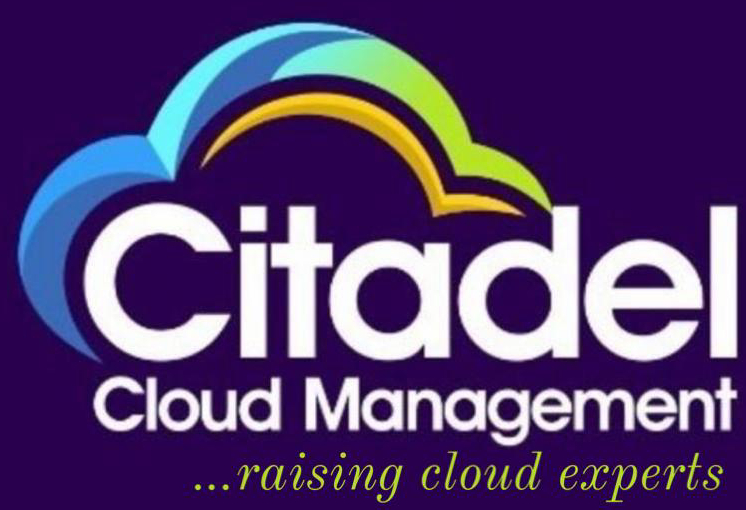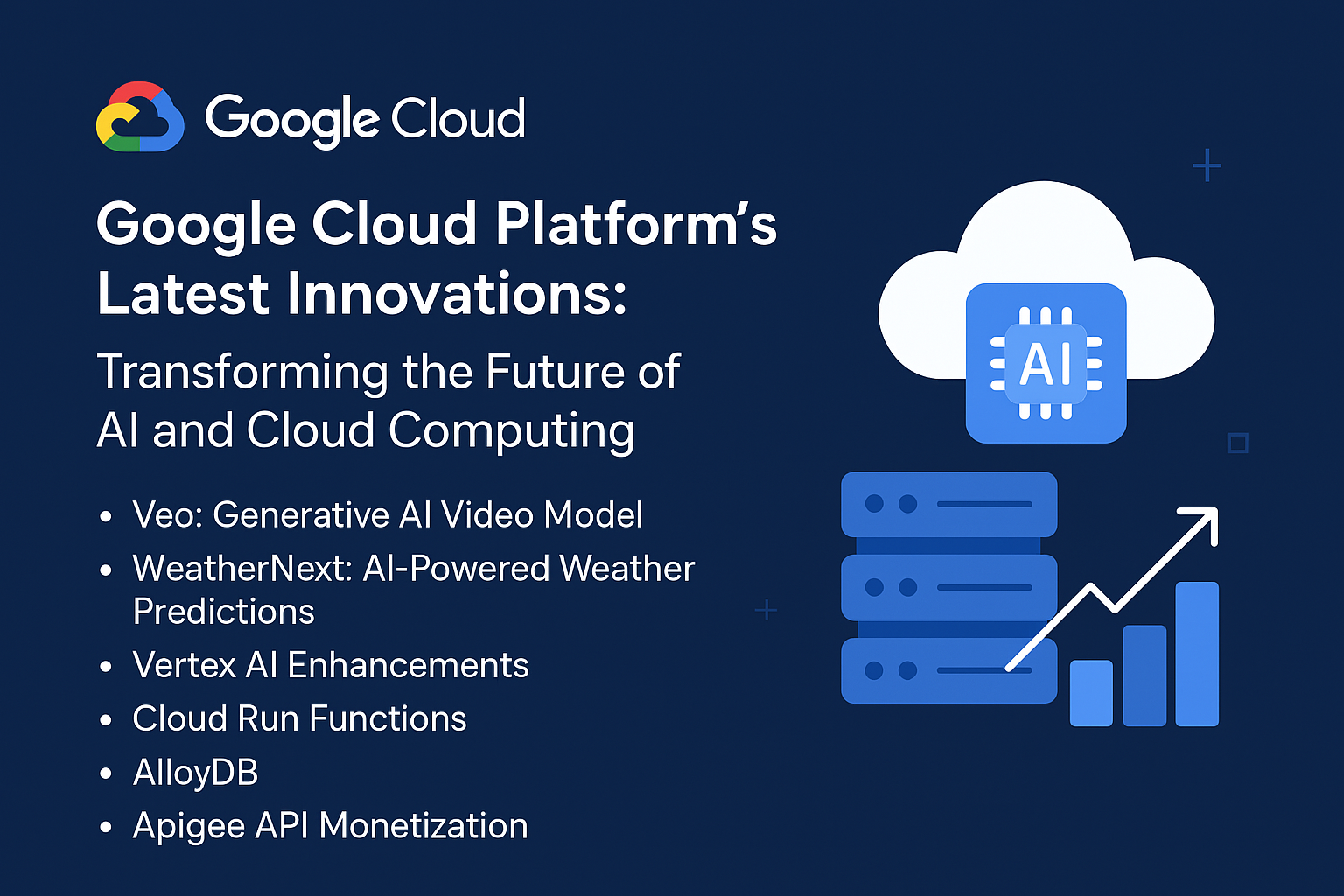As cloud computing becomes increasingly central to modern IT infrastructure, ensuring security and compliance has become a top priority for organizations worldwide. The Cloud Control Matrix (CCM) is a comprehensive framework designed to help organizations manage these concerns. However, applying the CCM effectively presents several challenges, especially as the cloud landscape evolves. This blog post explores these challenges and discusses future trends in Cloud Control Matrix development.
Understanding the Cloud Control Matrix
The Cloud Control Matrix (CCM) is a framework developed by the Cloud Security Alliance (CSA) to provide a structured approach for managing cloud security. It offers a comprehensive set of security controls designed to address the various risks associated with cloud computing. The CCM covers a wide range of security domains, including:
- Application & Interface Security
- Audit Assurance & Compliance
- Business Continuity Management & Operational Resilience
- Data Security & Information Lifecycle Management
- Infrastructure & Virtualization Security
- Security Incident Management, E-Discovery & Cloud Forensics
Each domain is further divided into control families that outline specific security requirements and best practices.
Key Challenges in Applying the Cloud Control Matrix
1. Complexity of Cloud Environments
One of the primary challenges in applying the CCM is the complexity of modern cloud environments. Organizations often use a mix of public, private, and hybrid cloud models, each with its own set of security considerations. This complexity can make it difficult to apply the CCM uniformly across all environments. Additionally, the rapid evolution of cloud technologies means that the CCM needs to adapt quickly to stay relevant.
2. Integration with Existing Frameworks
Many organizations use multiple security and compliance frameworks alongside the CCM. Integrating the CCM with these frameworks can be challenging, especially when there is overlap or divergence in control requirements. For example, aligning CCM controls with those of frameworks like ISO 27001 or NIST can require significant effort to ensure consistency and avoid gaps.
3. Lack of Standardization
Despite its comprehensive nature, the CCM does not provide a one-size-fits-all solution. Different organizations may interpret and implement CCM controls differently based on their specific needs and regulatory requirements. This lack of standardization can lead to inconsistencies in how controls are applied and measured, making it difficult to benchmark and compare security practices across organizations.
4. Dynamic Nature of Cloud Threats
The threat landscape in cloud computing is continually evolving. New vulnerabilities and attack vectors emerge regularly, necessitating frequent updates to security controls. The CCM must keep pace with these changes, which can be challenging for organizations trying to stay ahead of potential threats while maintaining compliance with existing controls.
5. Skill Shortages and Resource Constraints
Implementing and managing CCM controls effectively requires specialized skills and resources. However, many organizations face shortages in skilled cybersecurity professionals and budget constraints. This can hinder their ability to apply the CCM fully and effectively, potentially leaving gaps in their cloud security posture.
Future Trends in Cloud Control Matrix Development
1. Increased Automation
As cloud environments become more complex, there is a growing need for automation in security management. Future developments in the CCM are likely to focus on integrating automated tools and processes to streamline control implementation and monitoring. This can help organizations manage the increasing volume of security data and respond to threats more rapidly.
2. Enhanced Integration with AI and Machine Learning
Artificial intelligence (AI) and machine learning (ML) are transforming the cybersecurity landscape. The CCM is expected to incorporate AI and ML technologies to enhance threat detection, risk assessment, and incident response. These technologies can provide more accurate and timely insights into potential vulnerabilities and help organizations adapt their controls more effectively.
3. Greater Emphasis on Privacy and Data Protection
With growing concerns about data privacy and regulatory requirements such as GDPR and CCPA, future iterations of the CCM will likely place a greater emphasis on data protection and privacy controls. This includes more detailed guidance on managing sensitive data, ensuring compliance with data protection laws, and addressing emerging privacy risks.
4. Improved Customization and Flexibility
To address the diverse needs of different organizations, the CCM will likely evolve to offer more customization options. This includes providing tailored control sets based on specific industry requirements, cloud service models, and organizational size. Enhanced flexibility will enable organizations to apply the CCM more effectively within their unique environments.
5. Stronger Focus on Third-Party Risk Management
As organizations increasingly rely on third-party cloud providers, managing third-party risk has become crucial. Future developments in the CCM will likely include more comprehensive guidelines for assessing and managing risks associated with third-party vendors. This includes better integration with third-party risk assessment frameworks and tools.
FAQs
What is the Cloud Control Matrix (CCM)?
The Cloud Control Matrix (CCM) is a framework developed by the Cloud Security Alliance (CSA) to help organizations manage security and compliance in cloud computing environments. It provides a set of security controls across various domains to address cloud-related risks.
What are the main challenges in applying the CCM?
The main challenges include the complexity of cloud environments, integration with existing frameworks, lack of standardization, dynamic nature of cloud threats, and skill shortages/resource constraints.
How can organizations overcome the complexity of cloud environments when applying the CCM?
Organizations can overcome complexity by leveraging automation tools, adopting a phased approach to implementation, and continuously updating their security practices to align with evolving cloud technologies.
What future trends are expected in Cloud Control Matrix development?
Future trends include increased automation, integration with AI and ML, enhanced focus on privacy and data protection, improved customization and flexibility, and a stronger emphasis on third-party risk management.
How can organizations address the lack of standardization in the CCM?
Organizations can address lack of standardization by establishing clear internal guidelines for CCM implementation, using benchmarking tools to measure compliance, and engaging with industry groups to stay updated on best practices.
Conclusion
Applying the Cloud Control Matrix presents several challenges, but understanding these challenges and anticipating future trends can help organizations better manage their cloud security and compliance efforts. By staying informed and adapting to the evolving cloud landscape, organizations can leverage the CCM effectively to protect their cloud environments and achieve their security goals.

